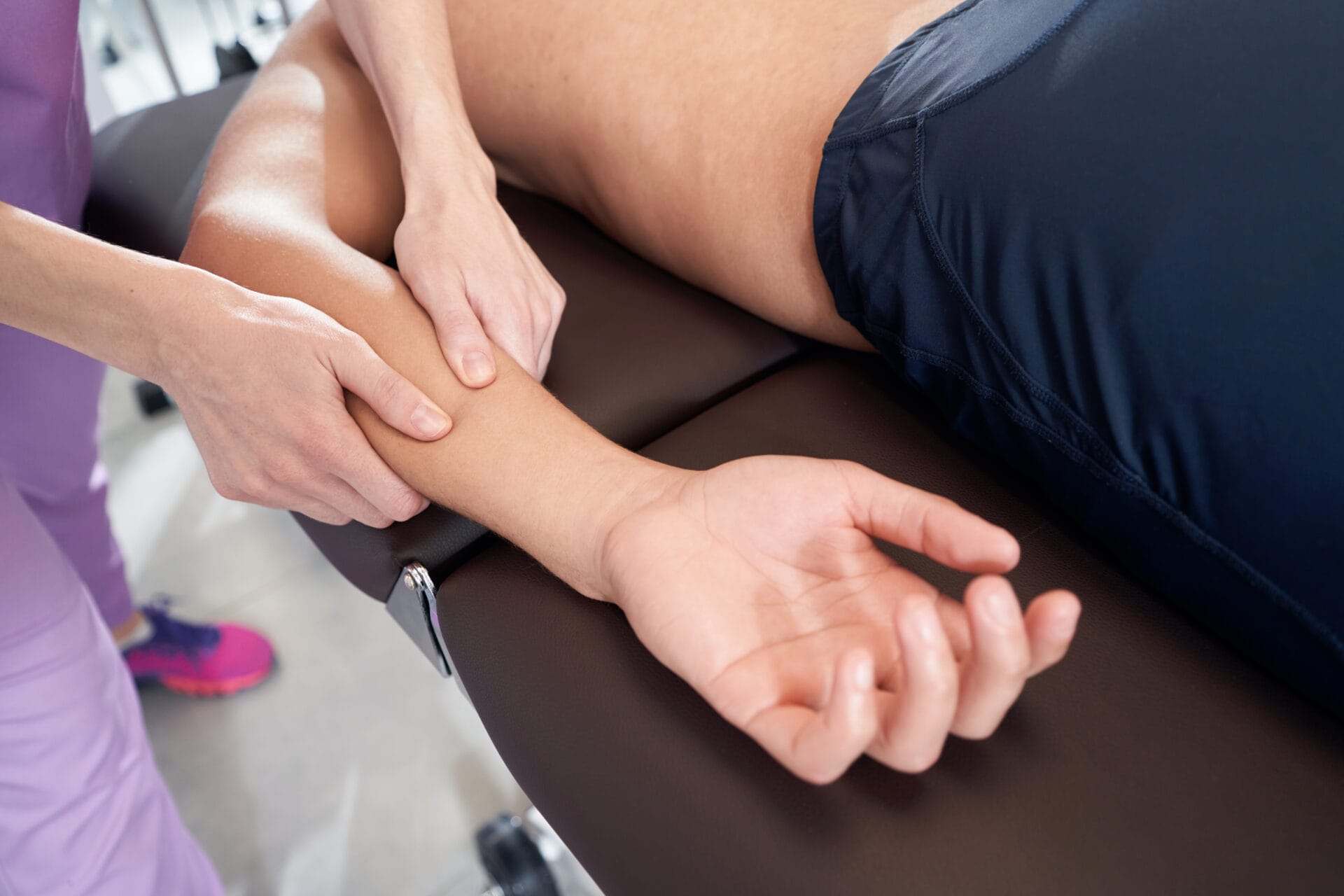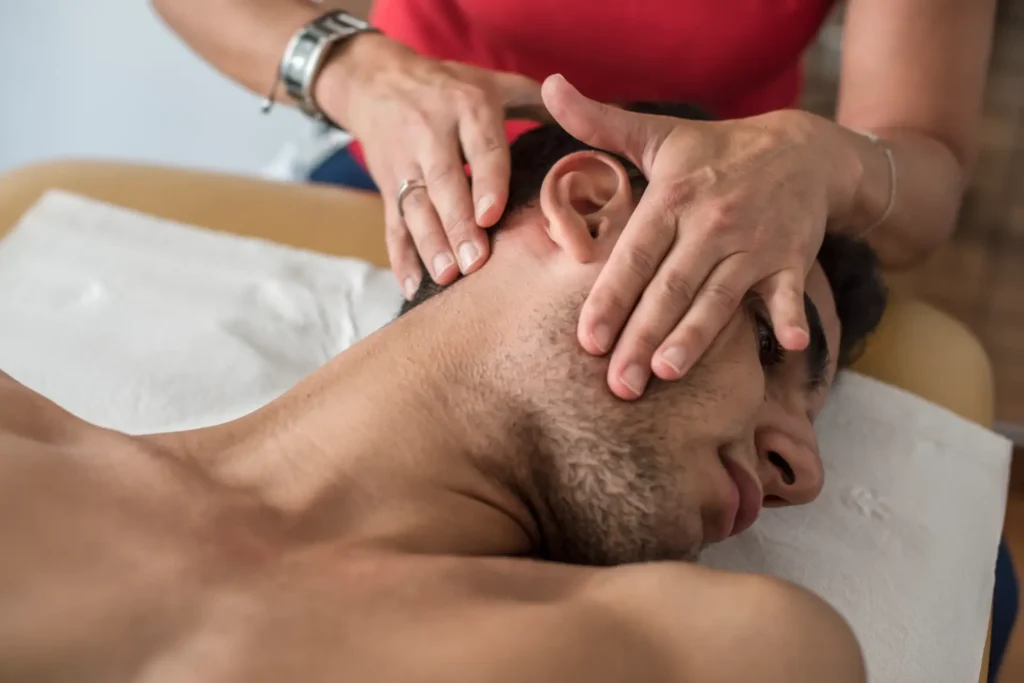Hand therapy is an essential branch of rehabilitation focusing on the upper extremities, particularly the hands. This specialized therapy encompasses a variety of techniques and methods, each designed to address specific conditions and injuries.
Let’s explore the most common types of therapies, emphasizing their roles, benefits, and the concept of active tolerance in rehabilitation.
Understanding Hand Therapy and Its Importance
Hand therapy, a significant part of rehabilitative medicine, involves various techniques to restore function, reduce pain, and prevent further injury in the hands. This specialized therapy is often recommended for patients who have undergone hand surgery, experienced traumatic injuries or have chronic conditions affecting the hands.
Types of Hand Therapy: A Comprehensive Overview
Hand therapy encompasses several distinct approaches, each tailored to meet the specific needs of patients. Let’s delve into the most common types of treatments:
- Occupational Therapy-Based Hand Therapy: This approach focuses on helping patients regain their ability to perform daily activities through customized exercise programs and functional training.
- Physical Therapy-Based Hand Therapy: Aimed at restoring physical function, this type includes exercises to improve strength, flexibility, and range of motion.
- Manual Therapy: This technique involves hands-on manipulation and mobilization of hand tissues to alleviate pain, improve circulation, and restore mobility.
- Custom Splinting: Therapists design and create custom splints to immobilize, support, or protect the hand during healing.
- Pain Management Techniques: These methods, including modalities like ultrasound or electrical stimulation, focus on reducing pain and inflammation in the hand.
What are the most common types of hand conditions?
Some of the most common hand conditions include:
- Carpal tunnel syndrome
- Arthritis
- Tendonitis
- Trigger finger
- De Quervain’s tenosynovitis
- Dupuytren’s contracture
- Ganglion cysts
- Cubital tunnel syndrome
- Hand fractures or sprains
- Raynaud’s disease
Why Hand Therapy is Essential
Hand therapy is not only crucial for recovery from injuries and plays a significant role in managing chronic conditions. It helps in
- Improving Functionality: Restoring the ability to perform everyday tasks.
- Reducing Pain: Alleviating discomfort and enhancing quality of life.
- Preventing Further Injuries: Educating patients on hand care and injury prevention.
How can a hand therapist help?
A hand therapist is a specialized healthcare professional trained to evaluate and treat conditions affecting the hands, wrists, and upper extremities. They may be occupational therapists or physical therapists who have undergone additional training or certification in hand therapy.
Certified hand therapists work with patients who have experienced injuries, surgeries, or medical conditions that have affected the function of their hands. They provide customized treatment plans, including exercises, manual therapy, splinting, and education on proper ergonomics and self-care techniques.
Overall, hand therapists aim to help their patients regain strength, range of motion, and function in their hands and upper extremities to improve their ability to perform daily activities and tasks.
Hand Therapy at Prestige Health and Wellness
Prestige Health and Wellness offers comprehensive hand therapy services tailored to individual needs. Our team is proficient in various types of hand therapy, ensuring that each patient receives the most appropriate treatment.
Conclusion
Hand therapy is a vital component of rehabilitation, offering a range of techniques to cater to different needs. From occupational therapy-based approaches to manual therapy and pain management, the types of hand therapy are diverse yet equally important. At Prestige Health and Wellness, we are committed to providing top-notch hand therapy services and guiding our patients toward a swift and effective recovery.
Sources:









